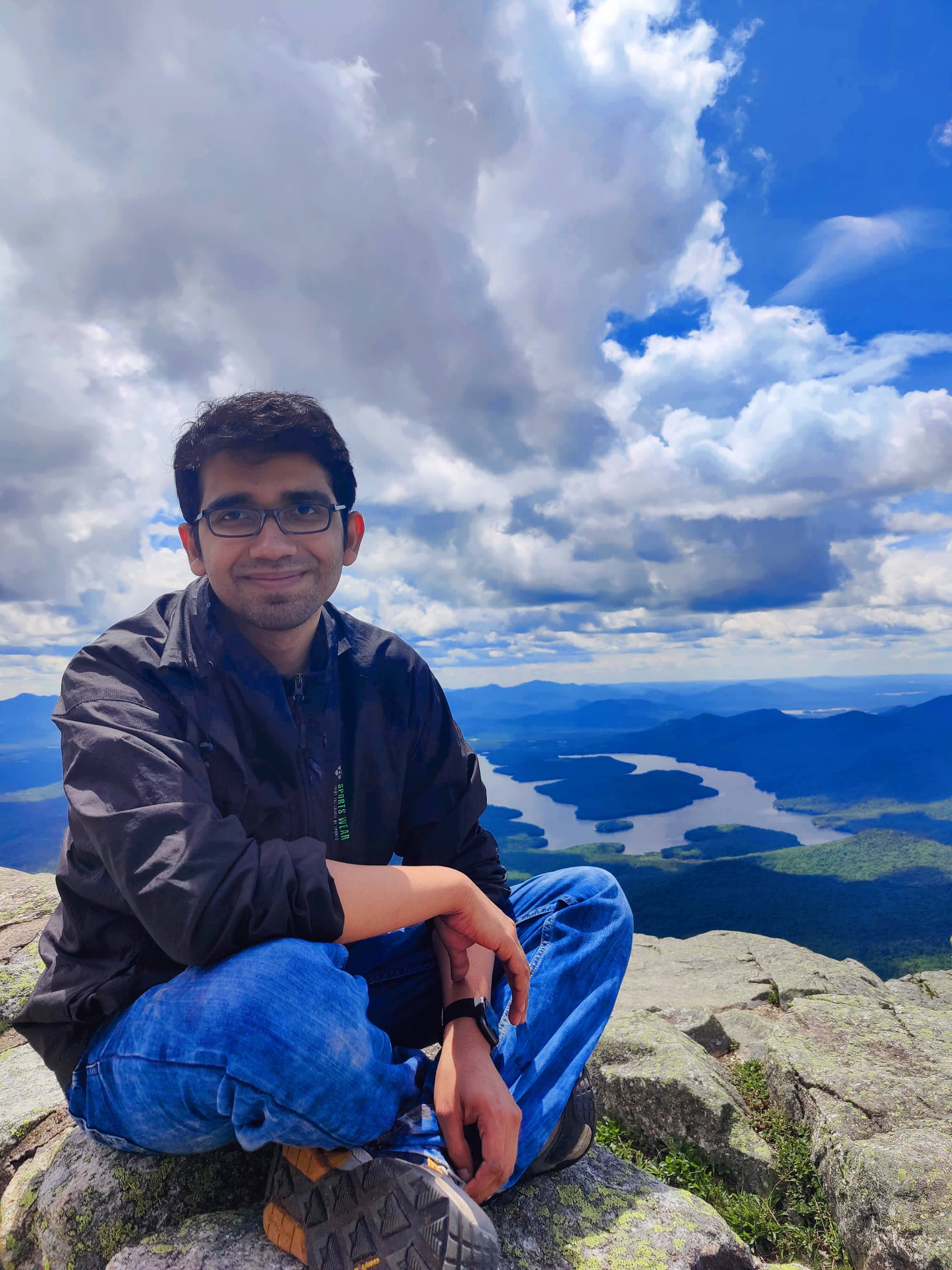Vishal Baibhav
NASA Einstein Fellow. Columbia University

Vishal is a NASA Einstein Fellow at Columbia University who studies gravitational wave astrophysics. His research focuses on understanding the origins of gravitational wave sources, particularly how compact-object binaries, such as pairs of black holes and neutron stars, form and evolve. Although mergers of these objects have been detected by observatories like LIGO, Virgo, and Kagra, their exact origins and formation processes remain unclear. Vishal’s work aims to address key questions about how, when, and where these binaries form, as well as the stellar environments that shape them.
In addition, Vishal is also interested in post-merger waveform modeling, particularly in the ringdown phase following a binary black hole merger, where the newly formed black hole emits gravitational waves in the form of damped oscillations known as quasinormal modes (QNMs). His research aims to understand which harmonics and overtones are played during black hole mergers and which of these can be heard by gravitational wave detectors. Known as black hole spectroscopy, this idea uses QNM fingerprints in gravitational wave signals to identify remnant black holes in a manner similar to how atomic spectra identify elements.
selected publications
- Revising the Spin and Kick Connection in Isolated Binary Black HolesDec 2024
- Extracting linear and nonlinear quasinormal modes from black hole merger simulationsPhys. Rev. D, Dec 2024[Erratum: Phys.Rev.D 110, 049902 (2024)]
- Agnostic black hole spectroscopy: Quasinormal mode content of numerical relativity waveforms and limits of validity of linear perturbation theoryPhys. Rev. D, Dec 2023
- Third post-Newtonian effective-one-body Hamiltonian in scalar-tensor and Einstein-scalar-Gauss-Bonnet gravityPhys. Rev. D, Dec 2023
- Dropping Anchor: Understanding the Populations of Binary Black Holes with Random and Aligned-spin OrientationsAstrophys. J., Dec 2023
-
-
-
- LISA parameter estimation and source localization with higher harmonics of the ringdownPhys. Rev. D, Dec 2020
- Gravitational-wave detection rates for compact binaries formed in isolation: LIGO/Virgo O3 and beyondPhys. Rev. D, Dec 2019
-
-